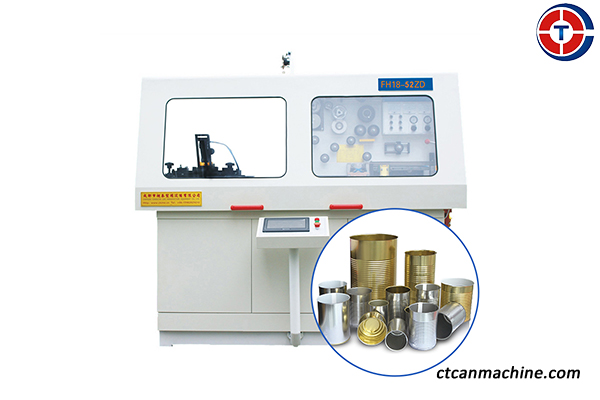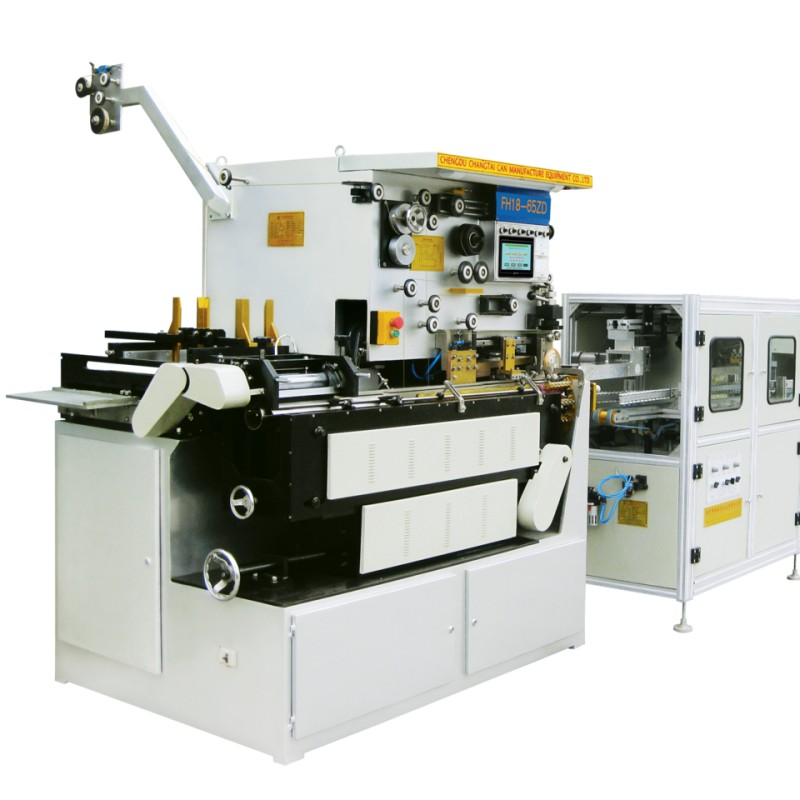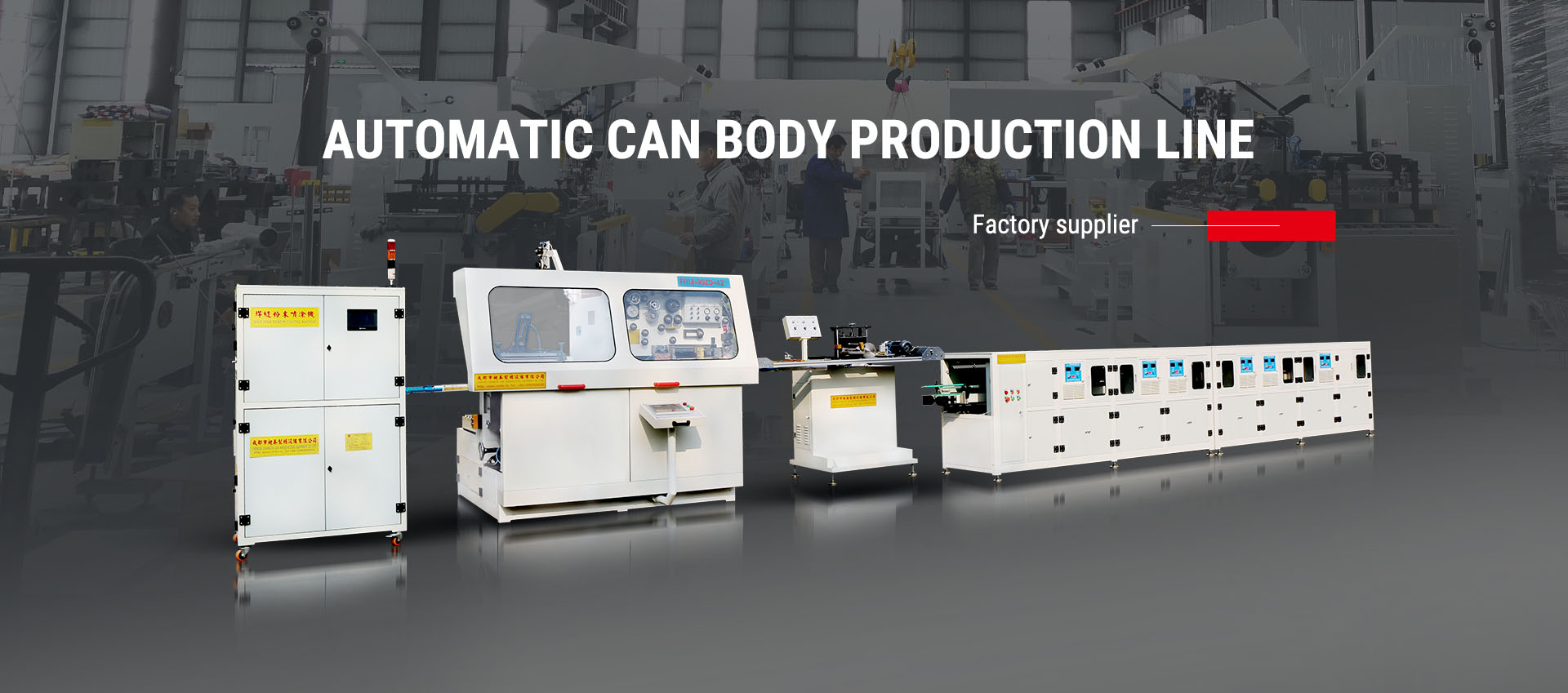what is tin can body welder and its work?
A tin can body welder is a specialized piece of industrial machinery designed for the high-speed, automated production of metal can bodies, typically made from tinplate (steel coated with a thin layer of tin). Here’s how it works:
-
Feeding the Tinplate:
Flat sheets or coils of tinplate are fed into the machine. These sheets are pre-cut or cut on the line to the length required for each can body.
-
Forming the Cylinder:
The tinplate is then formed into a cylindrical shape through a series of rollers or forming dies. This process ensures the metal takes on the circular profile of the can.
-
Overlap and Welding:
- Electric Resistance Welding:
The primary welding method used. An electric current is passed through the overlapping tinplate, creating resistance which generates heat. This heat melts the metal at the point of overlap, fusing the two ends together.
- Pressure Application:
Simultaneously, mechanical pressure is applied to ensure a solid, uniform weld seam.
-
Weld Quality Control:
The welding process is monitored for quality, often with sensors to check for proper current, pressure, and speed to ensure each weld is consistent and strong.
-
Cooling:
The newly welded seam might be cooled, either with air or water to prevent overheating and to set the weld.
-
Trimming and Finishing:
After welding, there’s often a need to trim any excess metal from the overlap to ensure a smooth, even can body. Additional processes might include coating the weld seam to protect against corrosion or for aesthetic purposes.
-
Automation and Handling:
Modern can body welders are highly automated, with mechanisms for feeding materials, managing waste, and transferring welded bodies to subsequent stations like flanging, beading, or coating machines.
- Speed: Can weld hundreds of cans per minute, depending on the machine’s capacity.
- Precision: Ensures uniform can dimensions and weld quality.
- Durability: The welds are strong, leak-proof, and can be made corrosion-resistant.
- Flexibility: Some machines can handle different can sizes with quick changeover parts.
- Food and beverage packaging
- Chemical containers
- Paint cans
- Aerosol cans
The core technology in a tin can body welder is electric resistance welding. This process involves:
- Heating via Resistance: Electric resistance heating is used to weld the tinplate. The heat is generated by the resistance to the flow of electric current through the material where the two ends of the tinplate overlap.
- Pressure Application: A controlled and limited pressure is applied to the overlapping edges of the tinplate to ensure a smooth and continuous weld. This pressure helps in forming a tight, strong seam.
- Seam Quality: The technology focuses on controlling the overlap, ensuring minimal overlap while maintaining weld integrity, which is crucial for the quality of the seam and hence the can. The aim is to achieve a weld seam that is only slightly thicker than the sheet metal itself.
- Cooling Systems: Due to the heat generated during welding, the machines are equipped with water cooling circuits to manage thermal control, preventing overheating and damage to the components.
- Automation and Control: Modern tin can body welders often incorporate sophisticated control systems, including programmable logic controllers (PLCs), touch screens, and variable frequency drives for precise control over welding parameters like current strength, frequency, and speed.
- Material Compatibility: The technology must handle the specific properties of tinplate, including its thinness and the need for a corrosion-resistant seam, often achieved through subsequent coating processes.
- Adaptability: The design allows for flexibility in handling different sizes and shapes of cans, with systems for quick changeover of parts to accommodate various can dimensions.
Can welding machine, also called as pail welder, can welder or welding bodymaker,The canbody welder is at the heart of any three-piece can production line. As the Canbody welder take resistance welding solution to weld side seam, it is also named as side seam welder or side seam welding machine.Changtai (https://www.ctcanmachine.com/)is a can making machine factory in Chengdu City China. We build and install complete production lines for three piece cans.Including Automatic Slitter,Welder,Coating,Curing,Combination system.The machines are used in industries of food packaging,Chemical packaging, Medical packaging, etc.
Post time: May-08-2025





